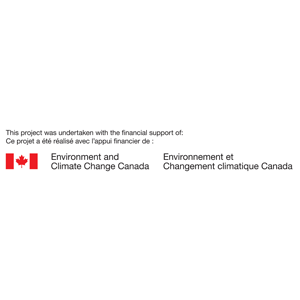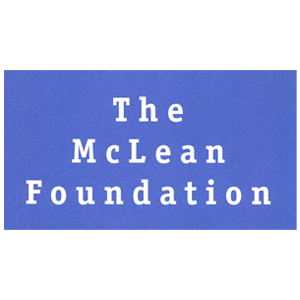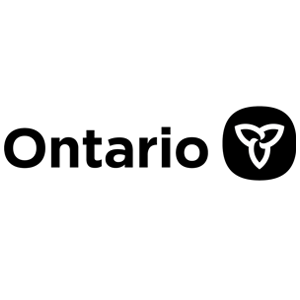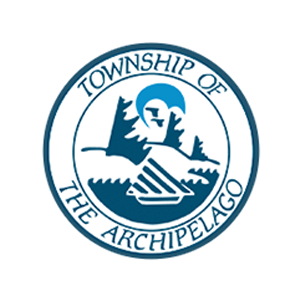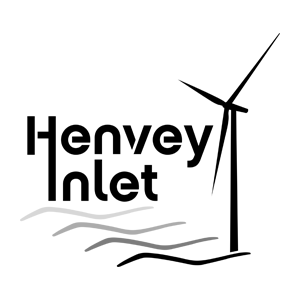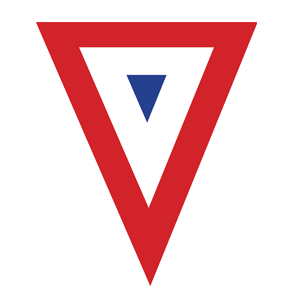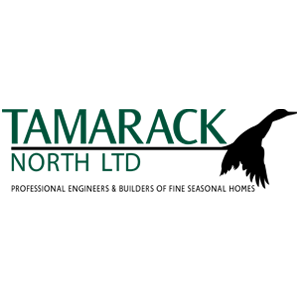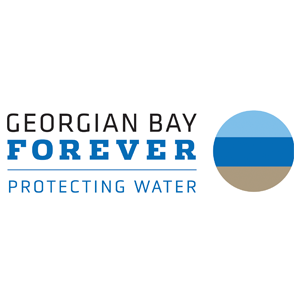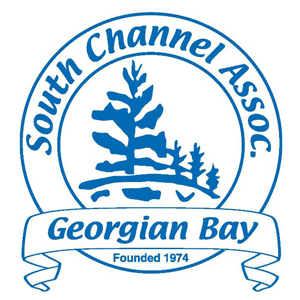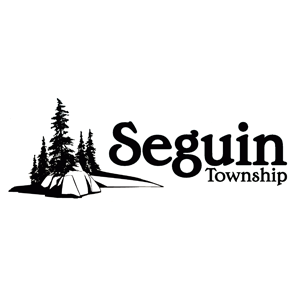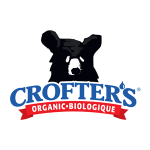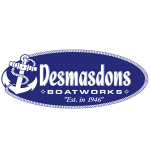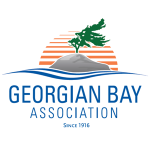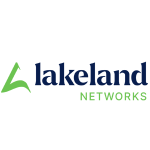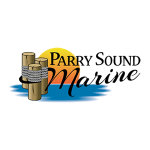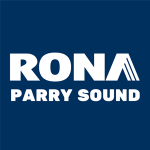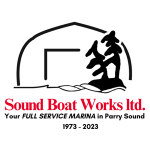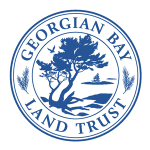Zebra and quagga mussels can seem less like an invasive species and more like an invasive surface. The two mussels, sometimes collectively referred to as dreissenid mussels, are famous for coating lake bottoms, rocks, docks, and boats in sharp, pointed clusters. In this blog post, we’re taking a closer look at zebra and quagga mussels, the effects they may be having on Georgian Bay, and what we can do about it.
What are they?
Zebra and quagga mussels are both freshwater mussels of the family Dreissenidae, which attach themselves to hard surfaces. The mussels begin life as microscopic, free-floating larvae, which are carried by water flow. After about 4 weeks, these larvae move into their juvenile stages and settle to the bottom of the water body, searching for something to attach to. From this point on they reach maturity in 1-2 years, and can live from 3-9 years.
Originally hailing from the Black Sea region of Eurasia, these mussels were brought into the Great Lakes System likely via ballast water in the late 1980s, and reached Georgian Bay in the late 1990s. While they often appear together, the main difference between quagga mussels and zebra mussels is their shells.
Zebra mussel shells show distinct dark banding that can be straight across or zigzagged, while quagga mussel shells tend to be lighter in colour and show varied banding patterns. Although they often grow together, quagga mussels have been reported growing at water depths more than 50 meters, deeper than zebra mussels are usually found.

While zebra and quagga mussels cause problems for people trying to enjoy the Great Lakes by coating surfaces, the effect that they have on aquatic ecosystems, specifically the lower food web, is also important to understand.
How do they affect Georgian Bay?
The lower food web is the collection of microscopic plants (phytoplankton), animals (zooplankton), and tiny invertebrates in Georgian Bay that form the base of its aquatic ecosystem. These members of the lower food web are eaten by almost every fish species in Georgian Bay at some point during a fish’s life cycle, meaning that the lower food web is of vital importance to all of the larger species living in the Bay. The invasion of zebra and quagga mussels is likely affecting the lower food web in ways we don’t yet understand.
Zebra and quagga mussels are filter feeders, sucking algae and small zooplankton out of the water. With abundant colonies of mussels all filtering the same nutrients, large portions of the lower food web are being taken out of the system, leaving less available for native species in the Bay. While we don’t yet know the exact effects zebra and quagga mussels are having on the lower food web, researchers carry out lower food web monitoring programs to help shape our understanding of the situation.
In 2014 and 2015, diver-based surveys were performed by the Ministry of Environment, Conservation and Parks looking at the bottom of the lake along the eastern shores of Georgian Bay. Surveys were conducted on hard substrates at 47 sites at depths of 3-18 m. When compared to Lakes Erie and Ontario, zebra and quagga mussels were found to be less abundant in Lake Huron and least abundant in Georgian Bay. In eastern Georgian Bay, abundance of zebra and quagga mussels is relatively low, but with a wide distribution (mostly <1000/m2; maximum <3000/m2). Interestingly, there is a gradient of abundance as you move away from the granite shoreline. Loading of low alkalinity water (low calcium and pH) to the shoreline from the Canadian Shield limits distribution of zebra and quagga mussels. This changes the further you get away from the shoreline.
How can I help?
Although researchers monitor the lower food web and how zebra and quagga mussels affect it, we can all do our part to help manage these invasive species. Much like Eurasian water-milfoil, we can help by reporting sightings and following best practices for not spreading the mussels around.
Reporting
If you encounter zebra or quagga mussels, the Ontario Government suggests reporting the sighing to their invasive species hotline, 1-800-563-7711, or reporting the sighting online at https://www.eddmaps.org/ontario/. EDDMapS, or the Early Detection and Distribution Mapping System, can be used to report sightings of invasive species, either through a web browser at home, or in the moment via their app.
Help reduce the spread
To stop the spread of zebra and quagga mussels between water bodies, the clean, drain, dry procedure is highly effective. Adult and juvenile mussels can attach themselves to any hard surfaces, while larvae can stay suspended in standing water within a watercraft. Additionally, zebra and quagga mussels can survive out of water in damp areas for up to 22 days.
To avoid spreading zebra and quagga mussels, make sure that you:
Clean your watercraft, trailer, and gear, to make sure it’s free of any mud, sand, or plant material. Rinse, scrub, or power-wash your watercraft away from storm drains or waterways.
Drain your watercraft of any water it picked up from your trip. This includes (but is not limited to) ballasts, bait buckets, bilges, and internal compartments that could hold onto water.
Dry your watercraft and gear thoroughly before moving onto your next trip.




